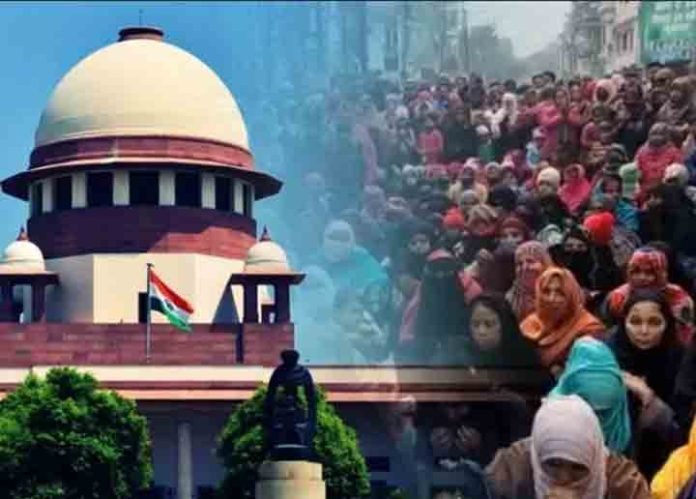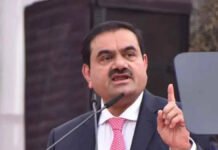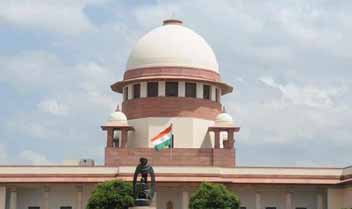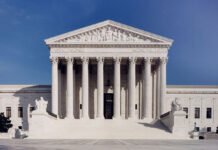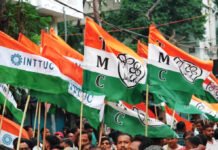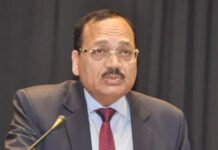INVC NEWS
New Delhi : The Supreme Court of India, in a pivotal decision, has upheld the Central Government’s move to annul Article 370 in Jammu & Kashmir. This article aims to provide a comprehensive analysis of this ruling, its implications, and the range of perspectives that have emerged subsequently.
Contextualizing the Judgment
Understanding the significance of this verdict requires delving into the history and implications of Article 370. This constitutional provision granted special autonomous status to Jammu & Kashmir. The Supreme Court’s judgment, presided over by Chief Justice D.Y. Chandrachud, represents a significant shift in the region’s constitutional status.
Composition of the Bench
The judgment was delivered by a five-judge bench led by Chief Justice D.Y. Chandrachud. Other eminent justices on the bench included Justice Sanjay Kishan Kaul, Justice Sanjeev Khanna, Justice B.R. Gavai, and Justice Surya Kant. This panel of distinguished judges brought a diverse array of legal perspectives to the case.
Detailed Analysis of the Ruling
The Supreme Court’s decision was marked by three separate but unanimous opinions. Chief Justice Chandrachud clarified that the bench did not rule on the imposition of President’s Rule in the state, a decision that remains within the purview of Article 356 of the Constitution. This article of the Constitution empowers the President to dismiss a state government and assume control if necessary.
Article 370: A Temporary Provision
The Chief Justice underscored the temporary nature of Article 370. He noted that its continuation even after the dissolution of the Jammu & Kashmir Constituent Assembly was not mandatory. This clarification paves the way for understanding the legal rationale behind the revocation of Article 370.
Benefits of Revoking Article 370
The removal of Article 370 has been seen as a step towards integrating Jammu & Kashmir more closely with the rest of India. The decision, as per the Supreme Court, is constitutionally valid and marks a new chapter in the region’s history.
The Call for Elections and Restoration of Statehood
Chief Justice Chandrachud emphasized the need for conducting elections in Jammu & Kashmir at the earliest, following the new delimitation exercise. He also directed the Central Government to consider restoring the statehood of Jammu & Kashmir, signaling a move towards normalizing governance in the region.
Individual Opinions of Justices Kaul and Khanna
Justices Kaul and Khanna, in their separate opinions, shed light on the intended purpose of Article 370. They noted its role in the gradual integration of Jammu & Kashmir with the rest of India and called for the establishment of a Truth and Reconciliation Commission to address human rights violations in the region.
The Comprehensive Legal Debate
During the 16-day hearing, the court heard extensive arguments from both sides. Attorneys General R. Venkataramani and Tushar Mehta, along with senior advocates Harish Salve, Rakesh Dwivedi, V. Giri, and others, presented their cases. They defended the constitutional validity of the Central Government’s decision to revoke Article 370 and the subsequent bifurcation of the state into two Union Territories.
The Petitions Challenging the Revocation of Article 370
Several petitions were filed challenging the abrogation of Article 370 and the Jammu & Kashmir Reorganisation Act 2019, which led to the division of the state into Jammu & Kashmir and Ladakh Union Territories. These petitions were comprehensively addressed in the Supreme Court’s verdict.
Conclusion
The Supreme Court’s decision to uphold the Central Government’s revocation of Article 370 marks a watershed moment in Indian constitutional history. It not only alters the legal framework within which Jammu & Kashmir operates but also sets a precedent for future constitutional interpretations. The decision, while conclusive on many fronts, opens new avenues for discussion and debate on the region’s future and its integration with the rest of India.

